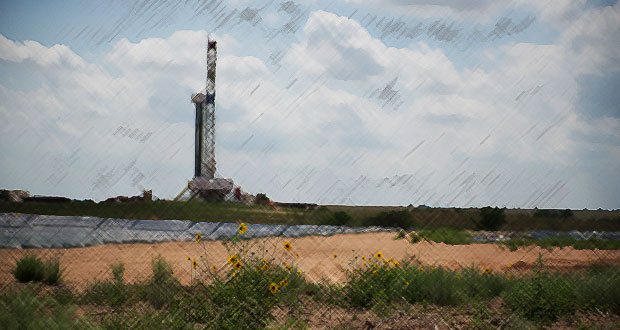New Stratus, Vultur sign farm-in MoU in Brazil

New Stratus and Vultur Oil signed a farm-in Memorandum of Understanding (MoU) to develop the concession contracts located onshore in the Reconcavo Basin, onshore, in the State of Bahia in eastern Brazil.
The Blocks are adjacent to the Araças field which is owned and operated by Petrobras, the state-owned oil company of Brazil. The three main reservoirs in the basin are the Candeias, the Agua Grande and the Sergi. Since 2012, Petrobras has produced approximately 3.6 million barrels of oil and 375 million cubic meters of natural gas from the Aracas field.
In April 2025, Vultur re-entered and hydraulically stimulated the Candeias Formation in the GREN well, located in the northern portion of Block REC-T-108. Following the re-completion with electronic submersible pump (ESP) artificial lift, the well is under long term testing. Initial results are promising, with 1P volumes reaching up to 100,000 barrels of light 36° API oil thus far. The well will remain on long-term test through October to establish operating parameters and a stable production base.




